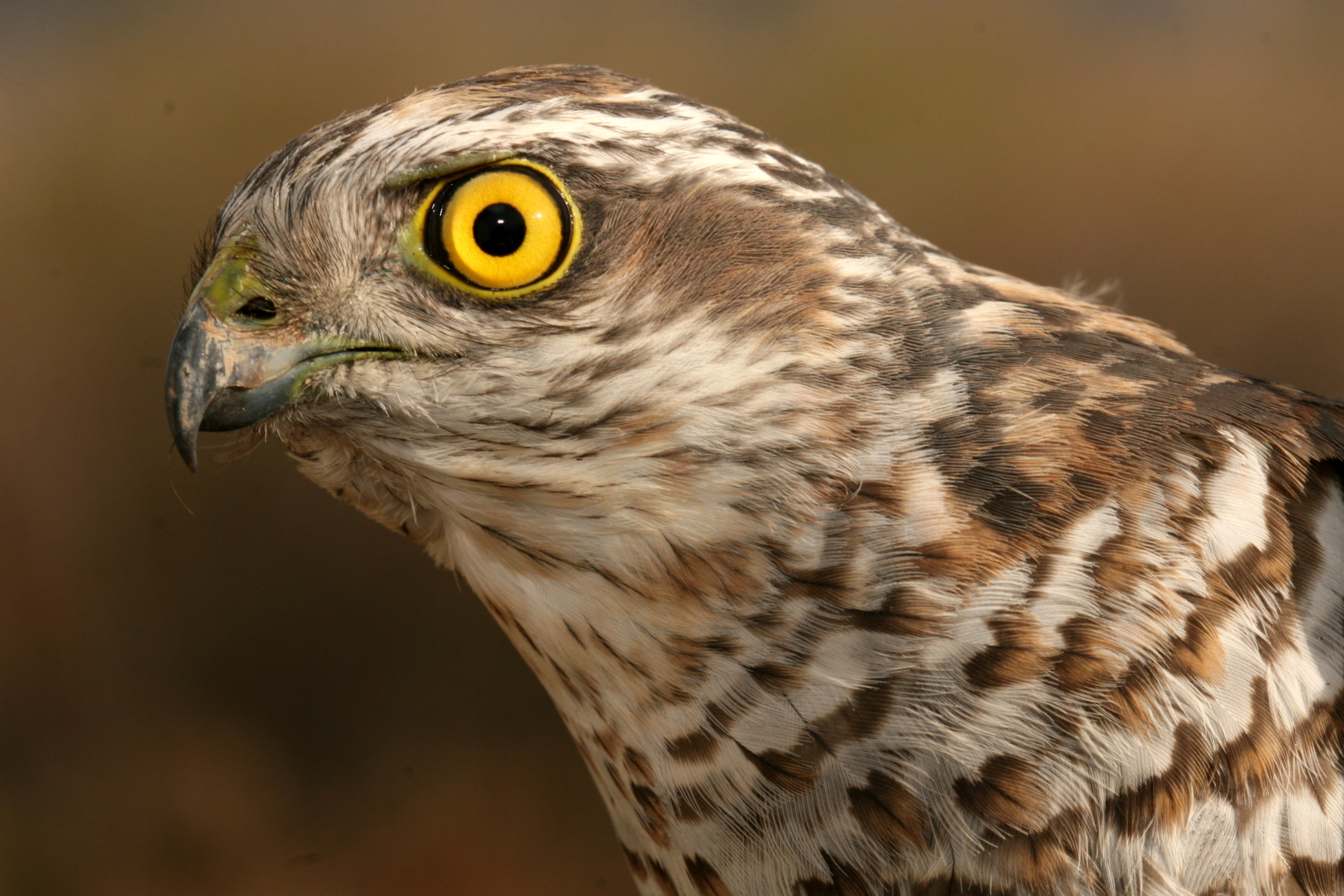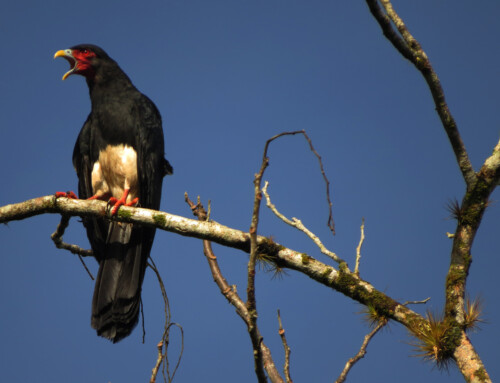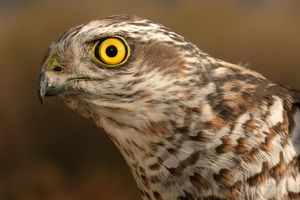 LINKED PAPER
LINKED PAPER
Community science data suggest the most common raptors (Accipitridae) in urban centres are smaller, habitat-generalist species. Cooper, D.S., Shultz, A.J., Şekercioğlu, Ç.H., Osborn, F.M. & Blumstein, D.T. 2022 Ibis. doi: 10.1111/ibi.13047 VIEW
As the world urbanizes, wildlife species will need to either adapt to novel, human-dominated landscapes, or retreat to ever-shrinking natural areas if they are to survive. Large, diverse, and easily observed, diurnal raptors (e.g., eagles, hawks, kites and related species) represent an ideal taxonomic group to understand how species persist and thrive in urban areas (McCabe et al. 2018, Rosenfield et al. 2018, Mak et al. 2021). While raptors occur in nearly every ecosystem on earth, both massive eagles and the tiniest sparrowhawks (Accipiter) tend to be rare in urban centres, while those most often seen are of small or moderate size: Black Kite (Milvus migrans) across Europe and Asia (Figure 1), Brown Goshawk (Accipiter fasciatus) in Australia, or Roadside Hawk (Rupornis magnirostris) in Latin America. As lifelong birders, my coauthor (Şekercioğlu) and I had also noticed that urban raptors in cities seem tend to eat a variety of food sources, occupy a wide range of habitats (rather than being confined to a particular forest type or nesting substrate), and like other urban-associated taxa, reside year-round within their territories.
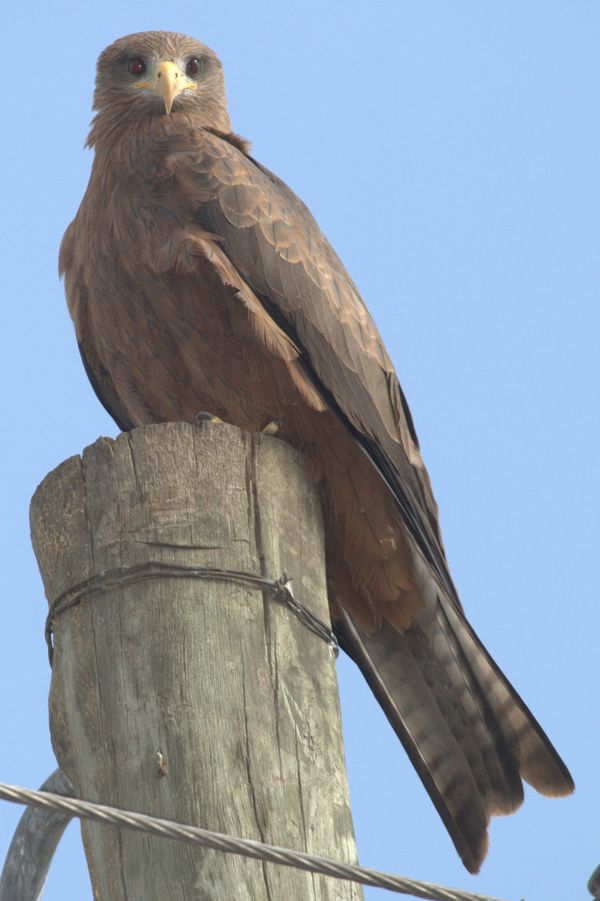
Figure 1 Yellow-billed Kite (Milvus aegyptius), sometimes regarded as a subspecies of the Black Kite (Milvus migrans), and frequently found in human-dominated landscapes. Photographed in Dinsho, Ethiopia, © Cagan H. Sekercioglu.
But would these patterns hold true in every city around the world, regardless of the regional species pool? Are there exceptions to this “rule”? And if so, what might allow these outlier species (e.g., larger ones, such as the Red-tailed Hawk Buteo jamaicensis) to colonize and thrive in urban areas (Figure 2)?
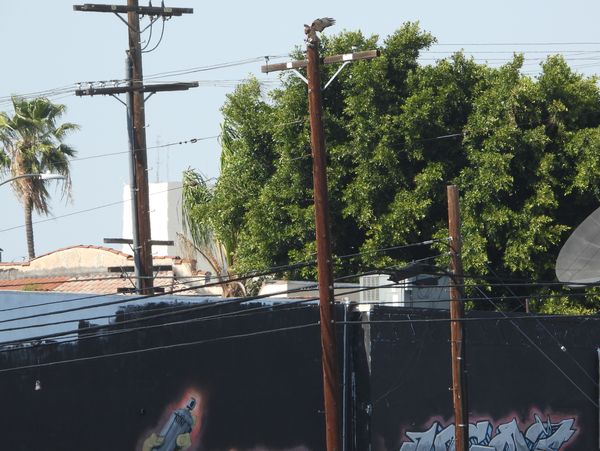
Figure 2 Red-tailed Hawk (Buteo jamaicensis) eats a Feral Pigeon (Columbia livia domestica) amid non-native trees and cityscape in Los Angeles, USA © Nurit Katz.
To first confirm whether this pattern was real and widespread, we used GBIF to gather community-science records of 127 species of raptors from 59 cities on five continents, and modeled urban occurrence of each species using ecological and life history traits, taking into account phylogenetic relatedness. We defined urban occurrence as both absolute abundance (frequency of breeding season reports within 10 km of a city centre), as well as relative abundance (“species proportion” within the same area). We used a 50-km band around each urban centre to identify the regional species pool, with the assumption that some species would never occur within 10 km of the city centre, and we still wanted to use these in the analysis (as having an abundance of zero). We then assembled a table of morphological and ecological traits, and phylogenetic data, from existing sources, and used these values to model both absolute and relative urban abundance.
We did not detect a strong phylogenetic signal for either urban occurrence index, which suggests that a broad range of unrelated raptor species could potentially become common in cities of the world. In other words, it’s not just Accipiters or Buteos that make it in the city – it must be the traits themselves that appear in various genera of raptors (otherwise they’d be phylogenetically related).
In the best-performing models, both urban indices were significantly negatively associated with body mass, and significantly positively associated with habitat breadth; species proportion was also significantly associated with nest substrate breadth. Yet, it was not always the smallest species that reliably outnumbered all larger ones; our data showed a somewhat “hump-shaped” pattern, with both the largest and smallest species rare in urban areas. The relationships between urban abundance and habitat breadth and nest substrate breadth were more linear. Intriguingly (but not studied here), many of the most common urban raptors seem to resemble each other in plumage, in having grey or brown plumage and barred tails, though these features may just simply be common in raptors overall.
Of course, some habitat specialists may find ways to utilize a particular urban feature – such as Red-shouldered Hawk Buteo lineatus (Figure 3) selecting groves of planted eucalyptus throughout California, USA. From a conservation standpoint, one would also want to perform this analysis “in reverse” – which species are least likely to occur in cities, and do they share an opposite suite of traits from the most common ones? Understanding both ends of the spectrum of urban adaptation will be crucial to assessing conservation risk as global urbanization increases, and global community science data could facilitate this analysis.
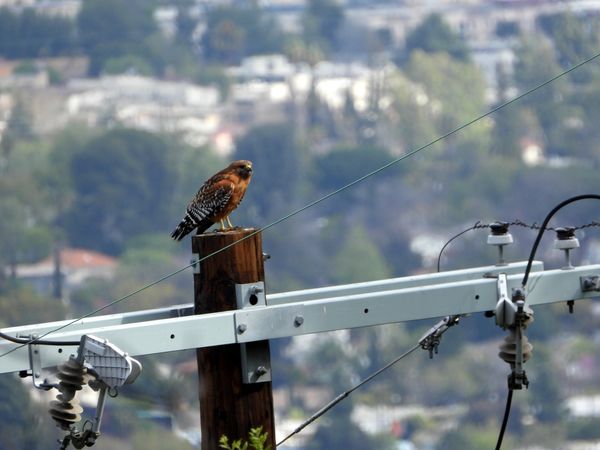
Figure 3 Red-shouldered Hawk (Buteo lineatus) may thrive in urban centres by exploiting a particular type of (planted) vegetation popular in residential areas. Photographed in Los Angeles, USA © Nurit Katz.
References
Mak, B., Francis, R.A., & Chadwick, M.A. 2021. Living in the concrete jungle: a review and socio-ecological perspective of urban raptor habitat quality in Europe. Urban Ecosystems 24: 1179-1199. VIEW
McCabe J.D, Yin, H., Cruz J., Radeloff V., Pidgeon A., Bonter D.N. & Zuckerberg, B. 2018. Prey abundance and urbanization influence the establishment of avian predators in a metropolitan landscape. Proceedings of the Royal Society B 285: 20182120. VIEW
Rosenfield, R.N., Mannan, R.W., & Millsap, B.A. 2018. Cooper’s hawks: the bold backyard hunters. In: Boal, C.W. & Dykstra, C.R. (eds) Urban Raptors: Ecology and Conservation of Birds of Prey in Cities: 93-109. Berkeley: Island Press.
Image credit
Top right: Eurasian Sparrowhawk (Accipiter nisus) © Cagan H. Sekercioglu.
If you want to write about your research in #theBOUblog, then please see here.


